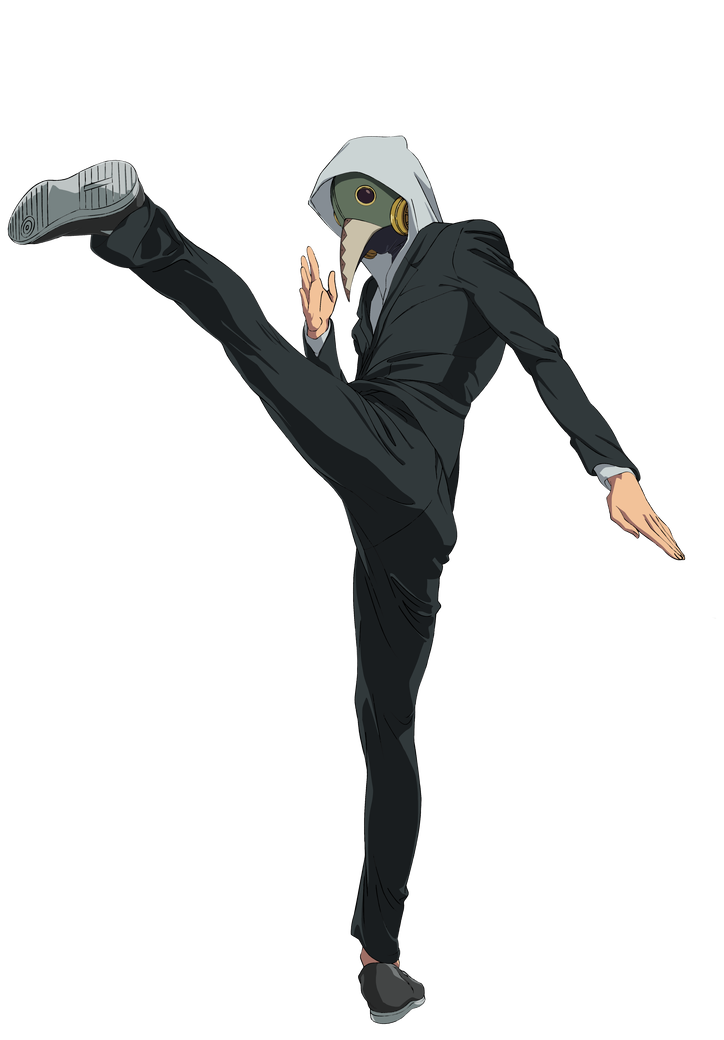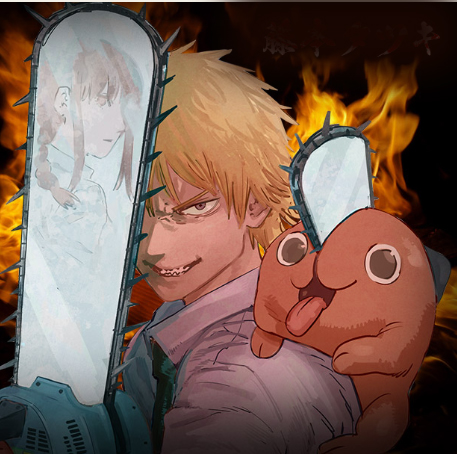# How Chainsaw Man Redefined Dark Fantasy: A Surprising Manga Impact
##
The Genesis of Chainsaw Man
Chainsaw Man burst onto the manga scene like a chainsaw through flesh, captivating audiences with its unique blend of horror, humor, and heart. Created by Fujimoto Tatsuki, this manga debuted in 2018 and quickly established itself as a groundbreaking work that redefined the boundaries of dark fantasy. What makes Chainsaw Man truly exceptional is its ability to juxtapose absurdity with poignant emotion, creating a narrative that resonates deeply with readers. It’s a rollercoaster ride of laughter and tears that keeps you on the edge of your seat!
In a genre often dominated by oppressive atmospheres and grim narratives, Chainsaw Man introduces a refreshing twist. The protagonist, Denji, is an everyman with relatable struggles and dreams. He’s not your typical hero, but rather a young man burdened by debt and desperation. This relatability forms the backbone of the story, allowing readers to connect with Denji as he navigates the treacherous world of devil hunters while wielding a chainsaw as his primary weapon. With every page, his journey reminds us that heroism can wear an unexpected face and that even the most ordinary desires—like a good meal or a cozy life—can drive us to extraordinary lengths.
Moreover, the manga isn’t afraid to tackle dark themes, such as loss, betrayal, and existential despair. Yet, it does so with a sense of humor that lightens even the heaviest moments. The balance of light and dark allows Chainsaw Man to explore complex emotions and societal issues while reminding us that there’s a silver lining even in the darkest of times. In doing so, it creates a new paradigm for dark fantasy that is as entertaining as it is thought-provoking, encouraging readers to reflect on their own lives.
##
The Art of Chaos and Emotion
Fujimoto’s artistic style plays a crucial role in the impact of Chainsaw Man. The artwork oscillates between grotesque and whimsical, perfectly capturing the chaotic energy of the narrative. Characters are often depicted in exaggerated forms, their emotions laid bare in dynamic ways that amplify the stakes of each scene. This visual flair is crucial in establishing the tone, immersing readers in a surreal yet relatable world where humor and horror coexist in vibrant harmony!
Consider the iconic chainsaw transformations. Each time Denji revs his chainsaw, it’s not just a physical act but a symbol of his resolve and desperation. The visceral imagery draws readers in, allowing them to feel every slice, every struggle, and every victory alongside him. This connection between the visuals and the narrative deepens the emotional impact, making readers feel they are part of Denji’s world—a world brimming with highs and lows that reflect our own experiences.
Furthermore, the use of panels in Chainsaw Man often defies conventional storytelling. The frenetic pacing mirrors Denji’s chaotic life, while the clever manipulation of space creates a sense of urgency that compels readers to keep turning the pages. Each panel is meticulously crafted to enhance the story, transforming every fight scene into a visual masterpiece and every quiet moment into a potent exploration of character. In this manner, the art of Chainsaw Man becomes a breathtaking language of its own, elevating themes of chaos and human emotion to new heights!
##
The Subversion of Tropes
Chainsaw Man is a masterclass in subverting genre tropes. Typically, dark fantasy features brooding heroes embarking on epic quests filled with moral dilemmas and grandiose battles. However, Chainsaw Man flips this script with its unorthodox protagonist and his seemingly mundane motivations. Denji’s primary goal isn’t to save the world but to live a comfortable life and indulge in simple pleasures—like eating bread with jam! This refreshing take on desires challenges our preconceived notions of heroism and illuminates the beauty of everyday dreams.
Moreover, the supporting characters are equally nuanced, embodying traits that would typically classify them as antagonists in other narratives. Characters like Makima and Aki are not merely good or evil; they are complex individuals driven by their own desires and fears. This complexity adds richness to the story, forcing readers to grapple with moral ambiguity and the consequences of one’s choices. It’s a narrative that encourages reflection, inviting us to ponder the intricacies of humanity and the blurred lines between “good” and “evil.”
This subversion extends to the very nature of devils in the series. Rather than just monstrous entities, the devils in Chainsaw Man represent fears or societal issues that resonate with readers. For instance, the Chainsaw Devil personifies Denji’s struggles and desires, illustrating how our fears can shape our identities. By endowing these entities with depth and relatability, Chainsaw Man transcends the traditional boundaries of dark fantasy and invites readers to confront their own fears and aspirations in an unpredictable world.
##
The Cultural Impact of Chainsaw Man
The cultural impact of Chainsaw Man cannot be overstated! Since its debut, it has sparked discussions across various platforms, inspiring memes, fan art, and even cosplay. Its unique blend of humor and horror has resonated with a diverse audience, showing us that dark themes can coexist with joy and laughter. This accessibility has opened the door for a new generation of readers who might have previously shied away from the genre, proving that storytelling can bridge gaps and create vibrant communities.
Moreover, Chainsaw Man has influenced other works within and outside the manga industry. Its distinctive character designs, surprising plot twists, and thematic depth have inspired creators to take bolder risks and explore unconventional narratives. The series serves as a powerful reminder that innovation in storytelling is crucial, encouraging artists to break free from established norms and embrace their creative potential. This ripple effect is visible in the emergence of new series that prioritize character-driven narratives and emotional resonance over traditional tropes, invigorating the landscape of manga and beyond!
Additionally, the success of Chainsaw Man has contributed to the growing global appreciation for manga and anime as legitimate forms of artistic expression. With its adaptation into an anime series, Chainsaw Man has reached new heights, bringing its thrilling story to an even larger audience. The enthusiasm surrounding this dynamic series is infectious, inspiring many to explore and celebrate the rich tapestry of creativity that exists in the world of manga and anime.
In closing, remember that life, much like Chainsaw Man, is filled with chaos and challenges, but within that turbulence lies immense potential for joy and connection. Embrace your own unique journey, find laughter in the dark, and keep pushing forward! You have the power to shape your story, just like Denji, so step into the world with courage and enthusiasm!

